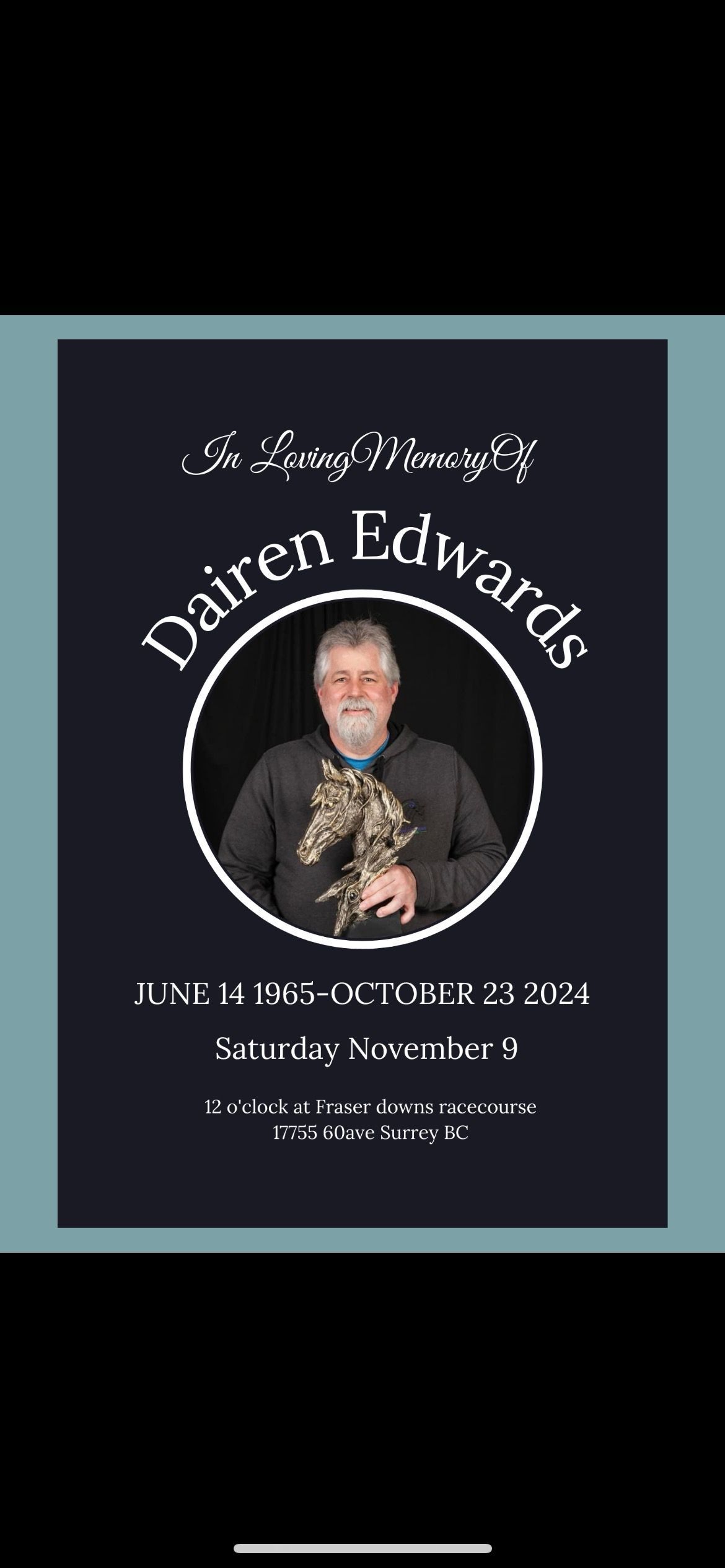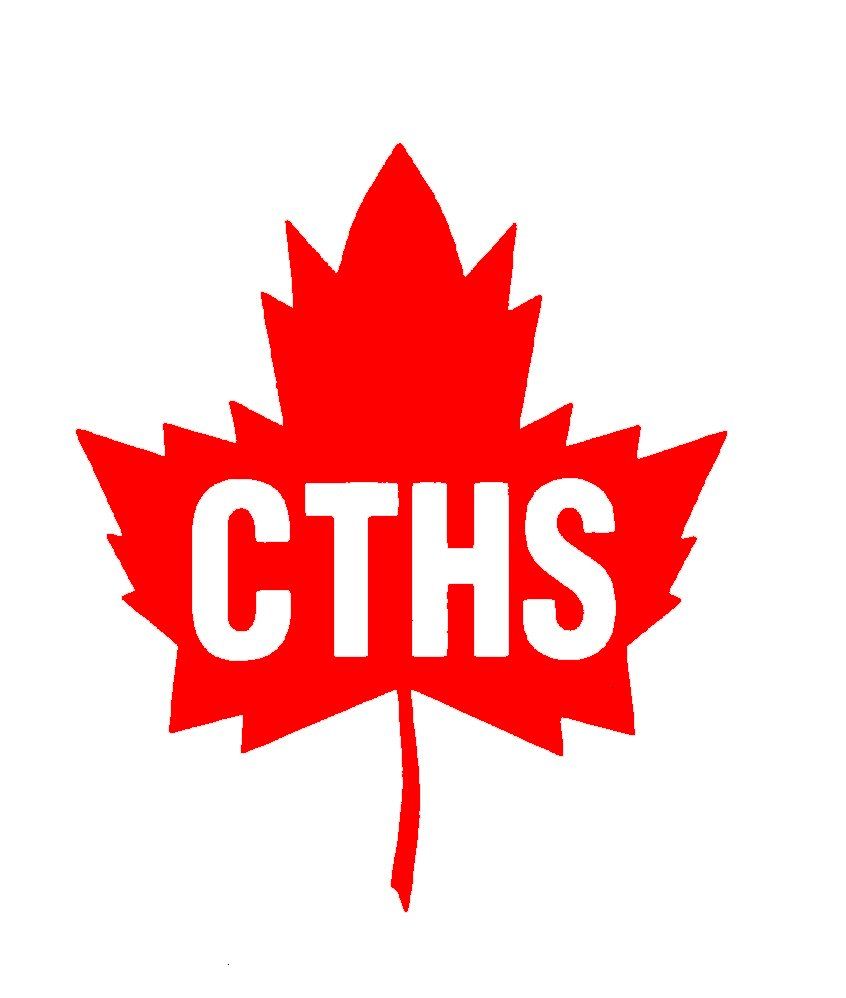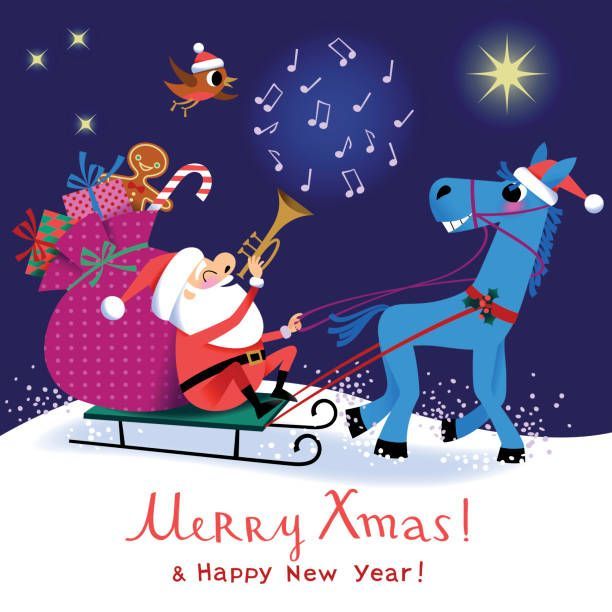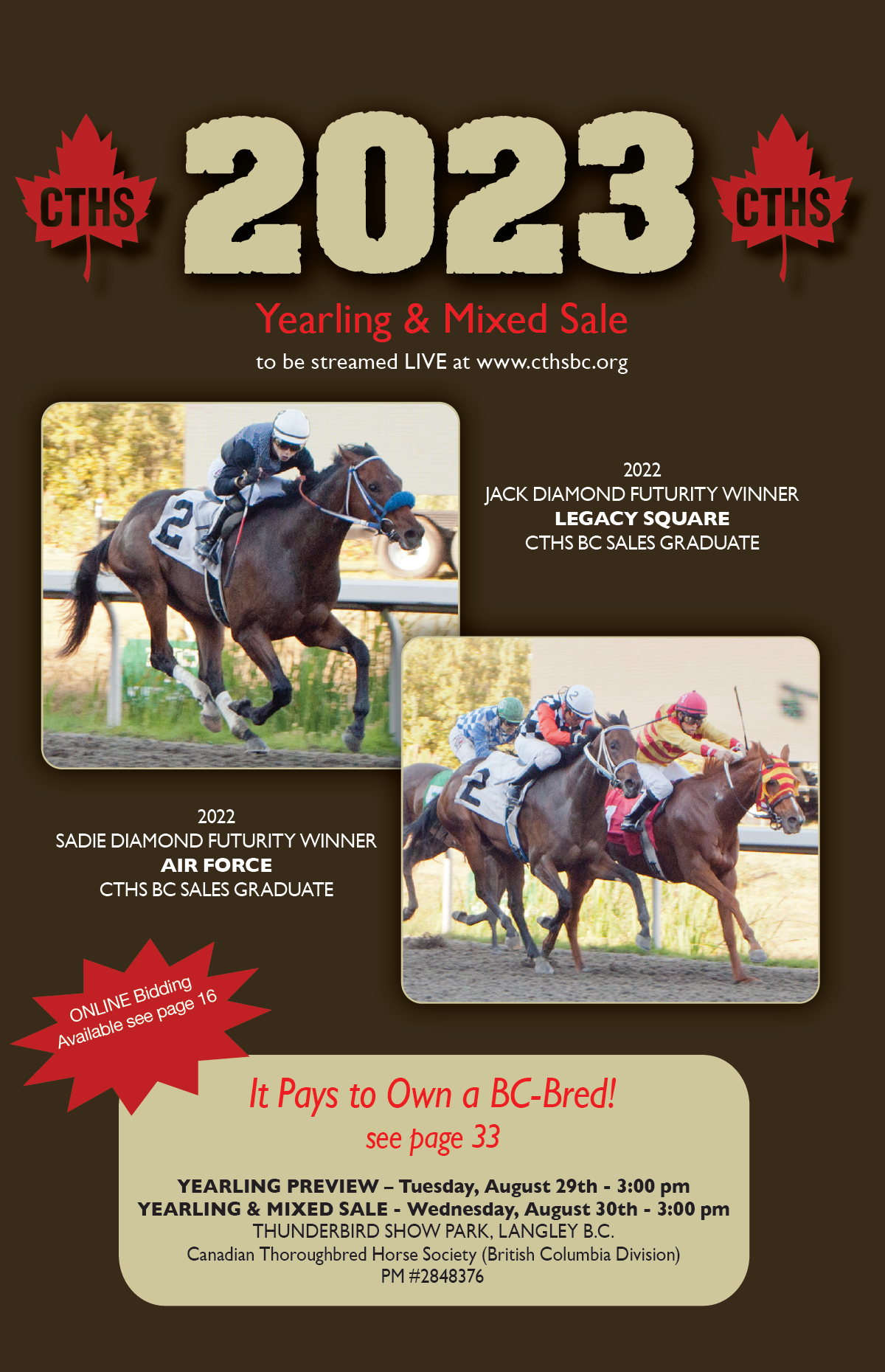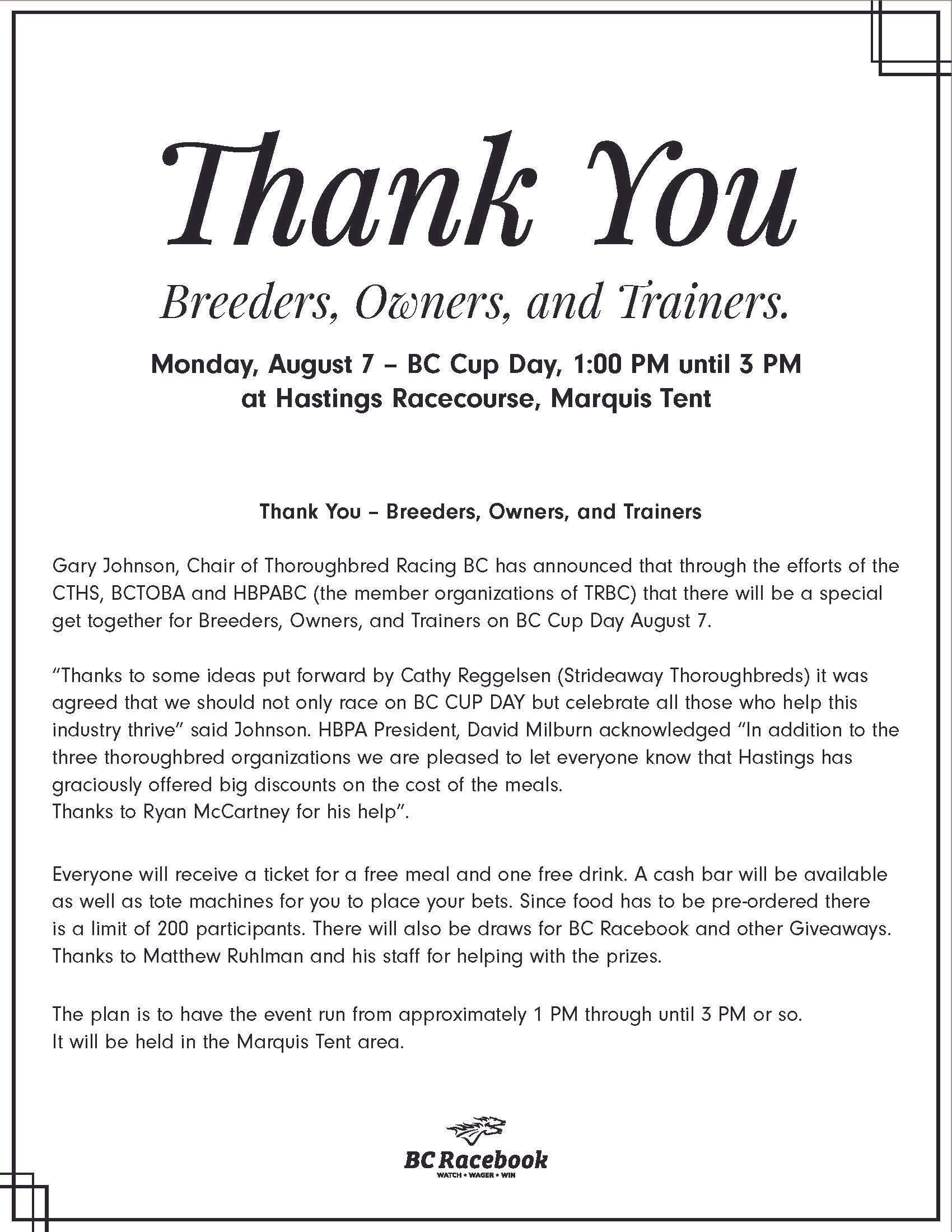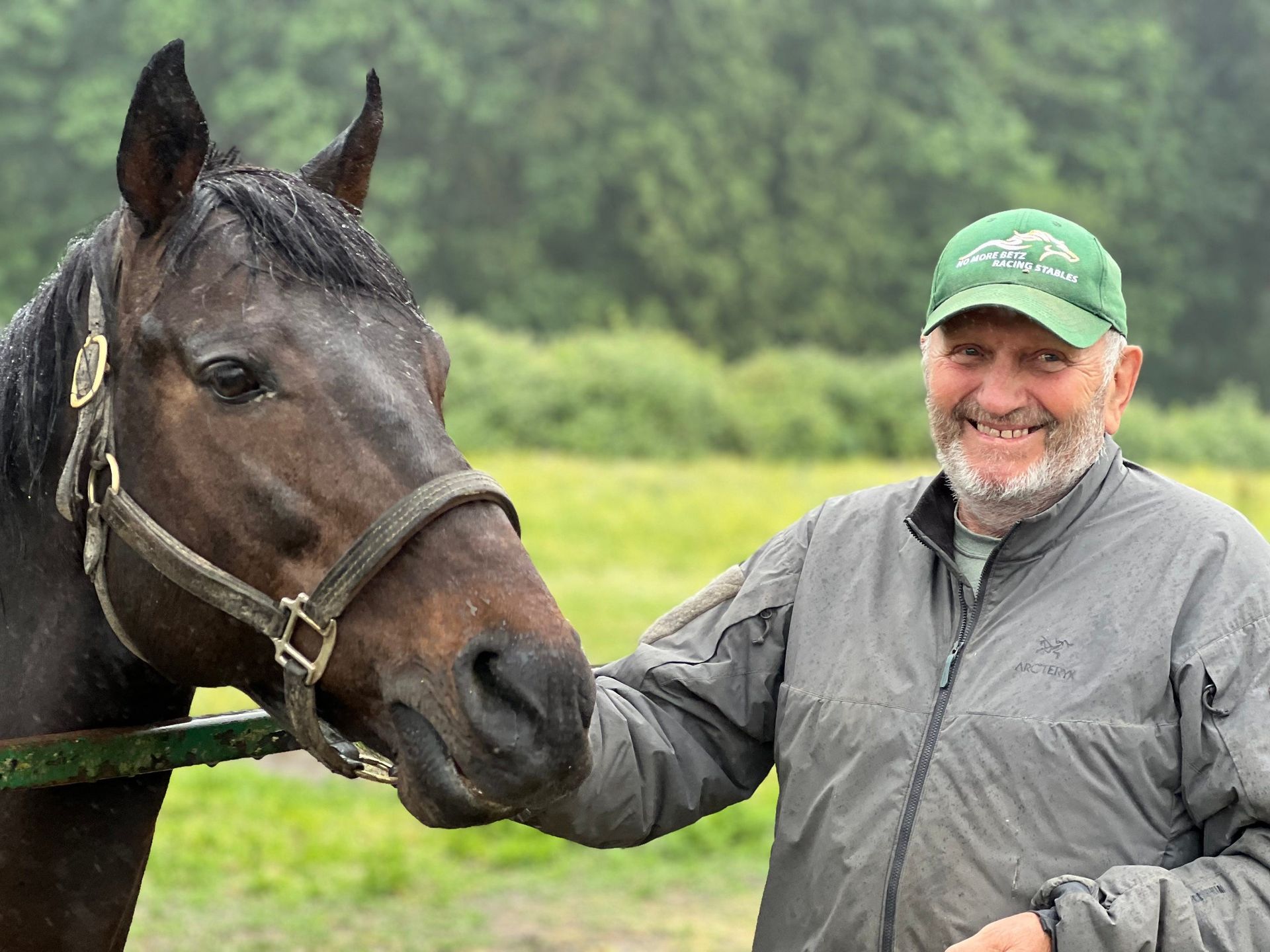It is important that all owners, trainers and breeders understand the events that have unfolded with regards to the ongoing discussions that representatives of the thoroughbred sector have had with Douglas S. Scott, Chair of the Horse Racing Industry Management Committee, Great Canadian Gaming Corporation and standardbred sector.
Recall that in April 2013 the HRIMC produced a draft “White Paper” that was to be the framework for racing going forward in terms of structure, management and finances. This draft report was produced after “consultation” with industry stakeholders and considerable delay. Interestingly, one of the report’s precepts was that GCGC would be made “whole”. GCGC would be guaranteed that it would not lose money running racing and would be paid by the industry to do so. No one on the horsemen’s side of the equation can remember that concept being discussed. Nevertheless, it was in the report front and center and remains the sticking point in negotiations to this day.
On September 23, 2013 all parties met at the British Columbia Lottery Corporation headquarters to present their positions. Each of the stakeholders made their presentations with the idea that the HRIMC would then make some decisions for the future in general and the 2014 season in particular. However, following the September 23 meeting, the parties were advised by the Committee to work out their agreements on their own. In effect, the Committee abandoned its previous position as the decision maker of record and told the industry to figure it out.
In late October of 2013 the Chair of the HRIMC directed the thoroughbred and standardbred sectors to come to a long term agreement with regards to revenue sharing. This request carried a threat of the loss of slot revenues by both sectors if no agreement could be reached. After numerous meetings an agreement was reached and signed off on by both groups. The agreement was for 5 years and both parties were satisfied that it would enable them to build their respective businesses going forward.
On November 22, 2013, GCGC finally submitted a proposal to both sectors outlining revenue sharing and racing schedules. Both the standardbed and thoroughbred sectors found the proposal completely unacceptable for a variety of reasons, including GCGC’s position that each sector would pay all costs, both training and racing, over and above very minimal racing schedules. Initially GCGC proposed a base schedule for thoroughbreds of 27 days. Further, there were several material mistakes in the proposal that necessitated an amendment. This amendment was not completed by GCGC until the 10th of December.
On December 23, 2013 the industry stakeholders again met with the HRIMC at BCLC headquarters in Vancouver. The stated purpose of the meeting was to arrive at an agreement with the assistance of the HRIMC who would be providing guidance and to some extent, mediation. This turned into an all-day session, but unfortunately it produced no resolution of the horsemen’s differences with GCGC. It was agreed that all parties would meet again after the New Year. To date, no such meeting has taken place although the thoroughbred representatives are more than willing to do so.
In any event, the thoroughbred and standardbred groups remain steadfast in their desire to not pay surcharges for racing and training. GCGC continues to insist on extra money to run more than a minimal number of racedays and they want to be paid on a per month basis for training costs. This would have to come out of purse money and is a concept that exists at no other track. Such costs are the responsibility of the track operator the world over.
To the present time, GCGC has remained intractable in its position, and while threats were very quickly made in regard to the horsemen’s share of slot revenue, it would appear that no similar threats have been conveyed to GCGC in an effort to move them to seriously negotiate agreements with regard to racing schedules or revenue sharing with the two breeds.
Discussions continue to take place between all parties in an effort to resolve this difficult situation. However, thoroughbred representatives are very clear and unwavering in their refusal to not pay GCGC’s outrageous and unprecedented demands for racing and training expenses that are properly and historically the responsibility of the track operator and will stand firm on the recent agreements between the two breeds.
The thoroughbred sector is determined and will not cave in to the demands of GCGC. It is of utmost importance that all owners, breeders and trainers stand united in the ongoing negotiations. Make no mistake, racing will continue at Hastings as it has for more than 100 years. There will be racing in 2014 at Hastings and into the future.
David Milburn President of the HBPA of BC
Ole Nielsen President of BCTOBA
Leif Nordahl President of CTHS BC Division

Contact Us
Subscribe to receive Sales Catalogue

All Rights Reserved | Canadian Thoroughbred Horse Society (BC Division) | Created by M.A.P | Powered by Conscious Commerce Corporation


